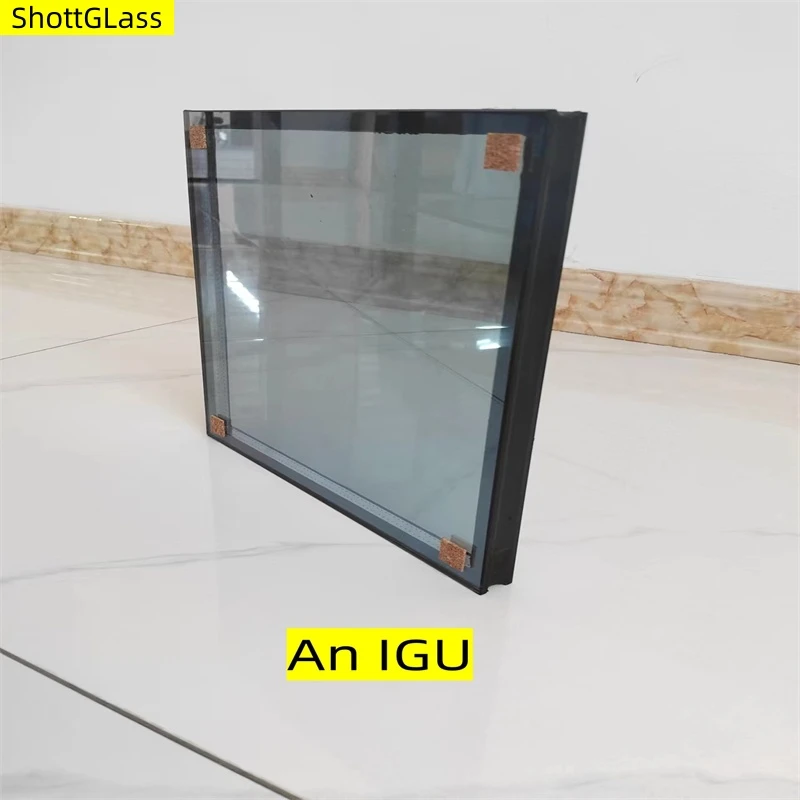Dec . 16, 2024 23:07 Back to list
Innovative Designs Featuring Textured Glass Panel Applications in Modern Architecture
The Aesthetic and Functional Appeal of Textured Glass Panels
In recent years, the architectural and interior design realms have witnessed an exciting evolution with the introduction of textured glass panels. These innovative materials are not just about aesthetics; they blend functionality, creativity, and practicality, making them a favorite choice for designers and homeowners alike. This article delves into the allure of textured glass panels, exploring their various applications, design benefits, and the future they hold in modern architecture.
Textured glass panels come in various patterns, styles, and finishes, allowing for a significant degree of customization in design. The surfaces can be frosted, etched, or embossed, creating unique visual effects and adding depth to interiors. This variety not only enhances the overall aesthetic appeal of spaces but also contributes to their functionality. For instance, textured glass can diffuse light effectively, softening harsh sunlight while ensuring that a room remains bright and inviting. This is especially valuable in spaces such as offices, restaurants, and homes where natural light plays a crucial role in setting the ambiance.
One of the most significant benefits of textured glass panels is their ability to provide privacy without sacrificing light. In settings like bathrooms, conference rooms, or even residential spaces where openness is desired yet privacy is paramount, textured glass serves as an optimal solution. The unique patterns result in a visual barrier that obscures the view while still allowing light to filter through. This makes them an excellent choice for sliding doors, partitions, and windows, enhancing both functionality and aesthetic charm.
Furthermore, textured glass panels can act as a stunning focal point in any room. Designers increasingly utilize them to create striking feature walls or dividers in open-plan spaces, combining beauty with practicality. For instance, a textured glass panel can serve as an elegant backdrop in a living room or an artfully designed partition in a modern office, thus enhancing the visual complexity of the environment. With the rise of minimalism, these panels allow for bold yet subtle artistic expression, blending seamlessly with both contemporary and traditional designs.
textured glass panels

Compounding their aesthetic appeal is the fact that textured glass panels are remarkably versatile in terms of application. They are being used in various sectors, from residential to commercial and industrial contexts. In homes, they provide an elegant touch to shower enclosures, cabinet fronts, and entryways. In commercial settings, they elevate the look of storefronts, office interiors, and even elevators. Their adaptability extends to outdoor uses, where textured glass panels can add an element of sophistication to patios and balconies, providing shelter while enhancing privacy.
The sustainability factor is also worth mentioning. As eco-friendly practices gain momentum in design and construction, textured glass panels can align with green building principles. Made from recycled materials and capable of being recycled, these panels contribute to sustainable architecture. Moreover, their ability to manage light effectively can lead to significant energy savings, helping to reduce reliance on artificial lighting and heating.
Looking ahead, the future of textured glass panels appears bright, driven by advancements in technology and design innovation. Manufacturers are experimenting with new textures and finishes that promise to offer even more creative possibilities for designers. Smart glass technology, which can change opacity with the touch of a button, is also making its way into textured glass designs, offering unprecedented control over light and privacy.
In conclusion, textured glass panels are transforming the landscapes of architecture and interior design, merging beauty with functionality. Their ability to enhance privacy, diffuse light, and serve as artistic focal points speaks to their versatility and appeal. As we embrace sustainability and innovation, textured glass panels are poised to become integral to modern design, catering to the ever-evolving preferences of architects and homeowners alike.
-
Safety and Style with Premium Laminated Glass Solutions
NewsJun.24,2025
-
Reinvents Security with Premium Wired Glass
NewsJun.24,2025
-
Premium Float Glass Line for Modern Architecture
NewsJun.24,2025
-
Low Emissivity Glass for Energy-Efficient Architecture
NewsJun.24,2025
-
High-Performance Insulated Glass Solutions for Modern Architecture
NewsJun.24,2025
-
Elevates Interior Style with Premium Silver Mirror
NewsJun.24,2025
Related PRODUCTS














